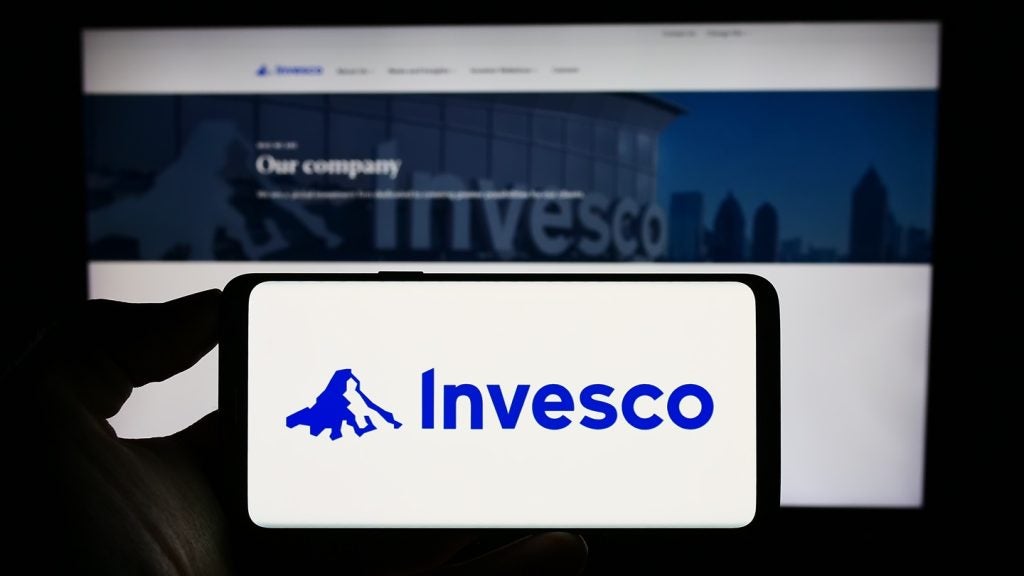Indepth new research
into the metrics of private banks has provided some interesting
comparisons of the world’s top wealth managers’ performances.
Credit Suisse comes out on top in a ‘rank of rankings’, while Bank
of America saw more asset outflows from 2009 to 2011 than UBS. PBI
reports
Credit Suisse is judged
to be the heavyweight world champion of the wealth management
industry.
Its position in the
wealth management industry is based on a range of factors such
as profitability and ability to generate net new money, a new “rank
of the ranks” of the top industry players shows.
 The Swiss bank edges out rival UBS in this
The Swiss bank edges out rival UBS in this
comprehensive league table.
This takes into
account which takes into account not only an absolute level of
assets under management but also performance indicators such as net
new money flows, productivity, global diversification of client
business and strength of brand.
UBS was just beaten by
Credit Suisse because of the negative impact of consolidating UBS
Wealth Management Americas, although the bank did outperform CS on
a number of the performance measures.
How well do you really know your competitors?
Access the most comprehensive Company Profiles on the market, powered by GlobalData. Save hours of research. Gain competitive edge.

Thank you!
Your download email will arrive shortly
Not ready to buy yet? Download a free sample
We are confident about the unique quality of our Company Profiles. However, we want you to make the most beneficial decision for your business, so we offer a free sample that you can download by submitting the below form
By GlobalDataThis multidisciplinary
analysis has been carried out by Christopher Wheeler, an analyst at
Mediobanca Securities.
Credit Suisse
takes first place in NNM
CS takes first place when
it comes to gathering net new money, gross margin on assets,
revenues generated by its financial advisers and geographic
diversification.
Still, the research
suggests that its top-ranked position could be vulnerable.
Wealth managers’ gross
margins have been under pressure and if this trend continues.
CS is regarded as the
most exposed, having seen its gross margin fall from 131 basis
points in 2009 to 114 bps in 2011.
 “The danger is further
“The danger is further
margin declines will negate the work being done [by CS] on cost
reduction and keep the pre-tax margin well below the target of
30%,” Wheeler notes.
HSBC appears 3rd in the
rank of the ranks, followed by JP Morgan, Barclays, Bank of
America, Deutsche Bank, Wells Fargo, Morgan Stanley, and BNP
Paribas in 10th position.
The ranking is produced
by using 11 financial metrics and five more-subjective
measures.
First of these latter
indicators is brand – seen as significant to any wealth manager as
“the time it takes to build a brand is possibly the biggest barrier
of entry to new players”.
The outflows at UBS in
2009 and 2010 bear testimony to the impact of any damage to a
wealth manager’s reputation, it is noted.
Then comes penetration of
Asia, the fastest growing wealth management market at present and
which will continue to be so for some time.
The scale and quality of
a bank’s presence in this market will play a big part in
determining its growth prospects, Wheeler contends.
Wheeler:
diversified wealth managers with clear advantage
Next to be measured is
geographic diversification. Wealth management is a truly global
business, but markets go through different growth phases.
Wheeler believes the more
diversified wealth managers have a clear advantage.
The onshore/offshore
dynamic is also included. While offshore wealth management will
continue to play an important role in the industry, onshore wealth
management now offers better growth prospects.
Finally comes gross
margin leverage opportunity.
European wealth managers
enjoy a higher proportion of asset-based accounts which boost the
gross margin.
The ability of wealth
managers to boost the gross margin through more transactional
activity and the generation of shared investment banking fees will
boost the gross margin and hence profits.
BofA: world’s
largest wealth manager at $2.1trn
Bank of America is the
world’s largest wealth manager at $2.1 trn following the
acquisition of US Trust and Merrill Lynch, with AuM 30% larger than
second-placed Morgan Stanley.
Three of the top four
banks by this measure are large US-centric houses, all boosted by
the huge size of the US domestic wealth market.
Furthermore, UBS owes its
third place in the AuM ranks to the inclusion of its US operation,
UBS Wealth Management Americas, which contributes 49% of UBS’s
AuM.

Pre-tax more
significant than AuM: Wheeler
Wheeler, pre-tax profits
are a more important ranking than by AuM. His data measure
profitability and then contribution to parent group profits.
UBS produced the highest
amount of absolute profit in 2011, some 14% ahead of Bank of
America. It was also ranked second in terms of contribution to
group profits.
CS’s wealth management
business made the biggest contribution to the group in 2011
(73.9&), but this owed a great deal to what Wheeler calls “the
very anaemic performance of its investment banking unit”.
HNWI estimated
wealth: 70% of global GDP
Wheeler, meanwhile, is
bullish about the wealth management industry overall, as the
fastest growing segment of the financial services industry.
The estimated wealth of
high net worth individuals of $43trn is equal to 70% of global
GDP.
It increased by 9.5% in
2010 compared with global GDP growth of 4.2%.
And it looks set to
continue to outpace GDP and “allow wealth managers to take
advantage of this growth, as well as increasing penetration of an
under-banked market”.
The wealth sector also
remains highly attractive to banks.
While wealth managers
don’t use return on equity (RoE) as a primary performance measure,
the “capital lite” nature of the business means their RoEs are
exceptionally high.
Wheeler estimates that
the five best-performing wealth managers’ RoEs exceeded their group
RoE by between 16 percentage points and 55 percentage points in
2011–explaining why most of the universal banks have been bulking
up in this area.
In terms of importance,
UBS, CS and Morgan Stanley all contributed more than 50% of parent
group profits in 2011.
While these businesses
will all see this contribution decline as their investment banking
units recover, they will all still represent a large portion of
earnings.
The Mediobanca analyst is
also a fan of the trend of combining wealth management and
investment banking.
Its a formula
reckoned to bring banking skills such as finance-raising, initial
public offerings and mergers and acquisitions to ultra-wealthy
clients and their business interests.
Such a combination has
been surrounded by controversy as some private bankers have
suggested that there is a danger the investment banking side will
be tempted by pushing their products on to clients, regardless of
need.
“Given the synergies
between wealth management and investment banking, not doing this
would be a strategic error given the downward pressure and
volatility of investment banking RoEs,” says Wheeler.







